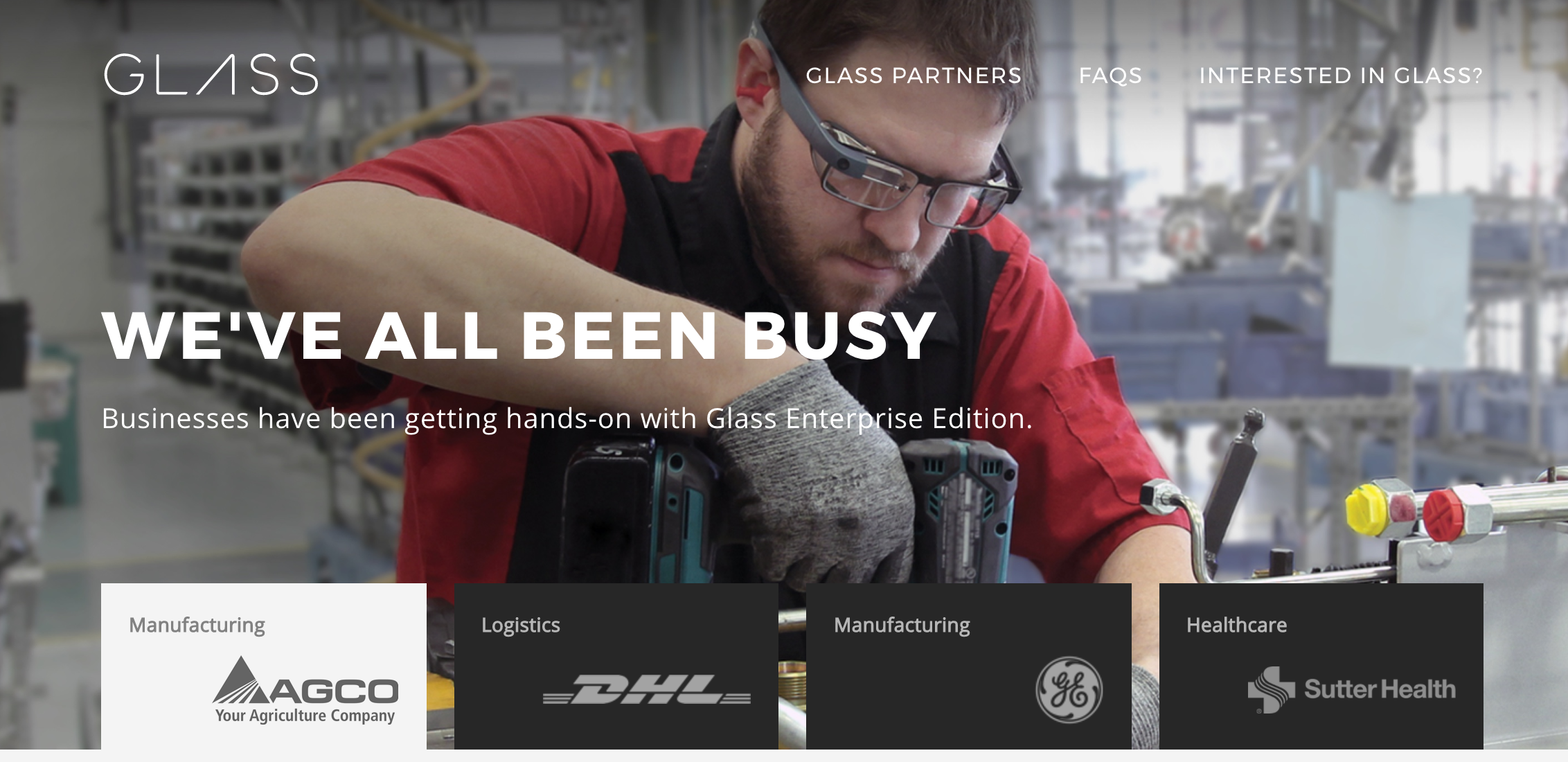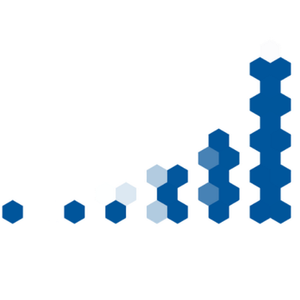
2013, als sehr viele Kommentatoren sich mit ihrer Berichterstattung über Google Glass lächerlich gemacht haben, schrieb ich, dass der Formfaktor vor allem in speziellen Arbeitsbereichen Sinn ergibt und viele Jahre davon entfernt ist, ein gutes Endkonsumentengerät zu werden oder gar bereits Wellen in der Gesellschaft zu machen. "Google Glass oder wie ‚Duke Nukem Forever‘ die Welt veränderte":
Ich sehe die Anwendungsfälle für Smartbrillen eher wie John Gruber bei spezifischen Szenarien wie in der Chirurgie oder ähnlichen Situationen, in denen eine Computerunterstützung sinnvoll ist, die Inputmöglichkeiten aber beschränkt sind.
Das ist natürlich weitaus unaufregender als die Vorstellung einer Gesellschaft, in der jeder eine Kamera im Gesicht hat.
Steven Levy bei Backchannel/Wired heute über das neue (Google) Glass 2, das jetzt ein B2B-Produkt:
Erickson is a 30-year-old factory worker in rural Jackson, Minnesota. For her, Glass is not a hip way to hang apps in front of her eyeballs, but a tool—as much a tool as her power wrenches. It walks her through her shifts at Station 50 on the factory floor, where she builds motors for tractors.
Alphabet was commissioning a small group to develop a version for the workplace. The team lives in Alphabet's X division, where Glass was first developed as a passion project of Google cofounder Sergey Brin. Now the focus was on making a practical workplace tool that saves time and money. Announced today, it is called Glass Enterprise Edition. […]
The difference between the original Glass and the Enterprise edition could be summarized neatly by two images. The first is the iconic photo of Brin alongside designer Diane von Furstenberg at a fashion show, both wearing the tell-tale wraparound headband with display stub. The second image is what I saw at the factory where Erickson works, just above the Iowa state line and 90 miles from Sioux Falls, South Dakota. Workers at each station on the tractor assembly line—sporting eyewear that doesn’t look much different from the safety frames required by OSHA—begin their tasks by saying, “OK, Glass, Proceed.” When they go home, they leave their glasses behind.
Google Glass hatte es seinerzeit wie wenige andere Stories geschafft, sehr deutlich die Spreu vom Weizen zu trennen bei den Technologiekommentatoren, Bloggern, Journalisten und Analysten.
Glass wird auch bei DHL eingesetzt:
At DHL, there is a supply chain process called ''order picking” where employees fulfill customers’ orders by scanning items from racks before moving them into totes or bins on carts. Using Glass with a partner software solution from Ubimax, pickers now receive all picking instructions directly from Glass, right in their line of sight. With “Vision Picking” freeing their hands of paper instructions, real-time picking instructions, and the scanning function of Glass, pickers can work far more efficiently and comfortably.
Hier kann man sich Glass, ohne Google jetzt, anschauen. Glass ist heute ein Tochterunternehmen der Google-Holding Alphabet.

